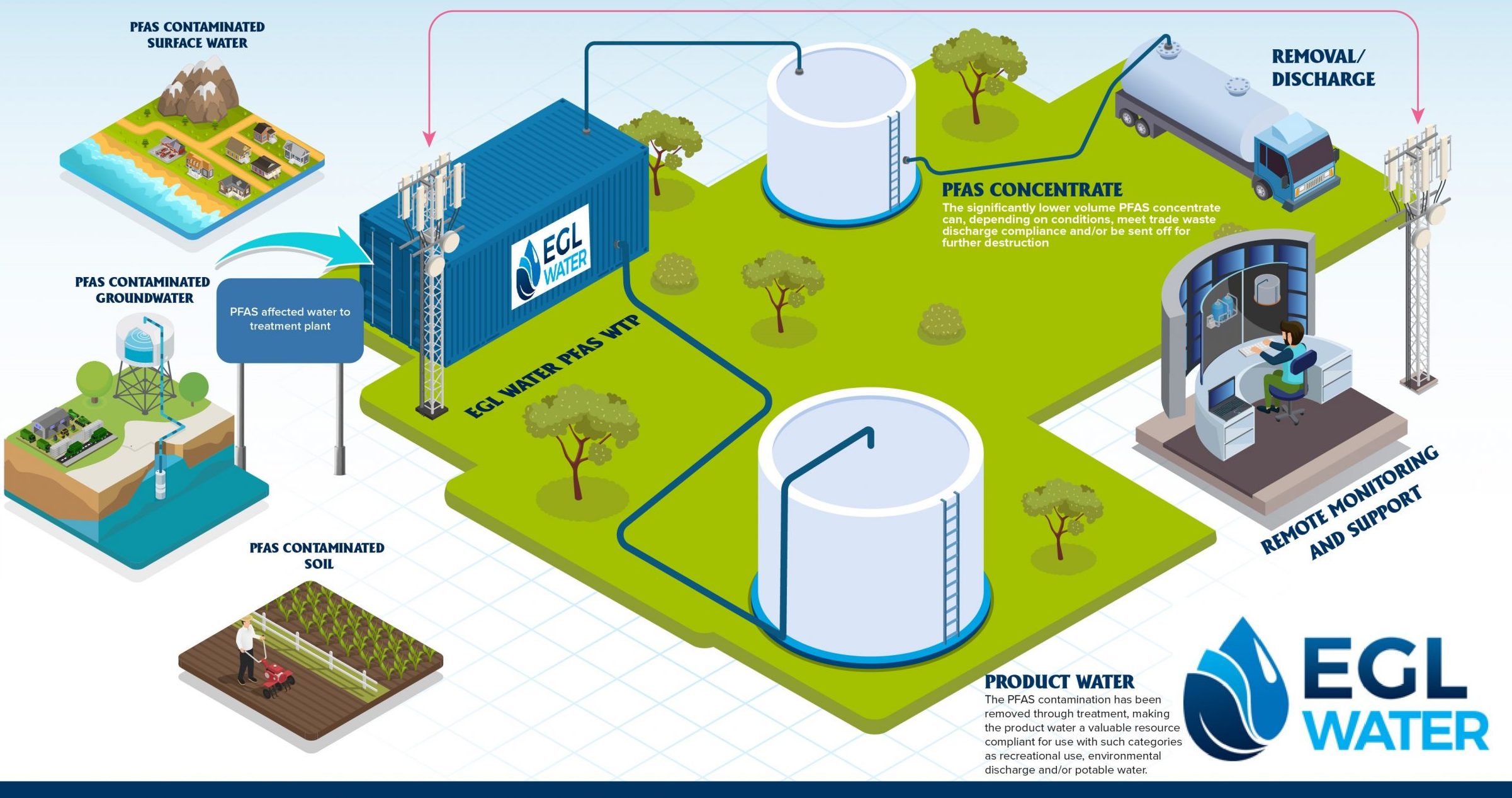PFAS Waste Management in Landfills to Minimize Environmental Harm
Your Overview to PFAS Treatment Technologies and Advantages
The occurrence of PFAS contamination in water sources demands a comprehensive understanding of offered therapy innovations. Various approaches, such as triggered carbon filtration, ion exchange systems, and progressed oxidation processes, present distinctive advantages in attending to these persistent toxins. Each technology not only targets particular PFAS substances however also plays a crucial function in enhancing general water quality and shielding environmental honesty. As neighborhoods face the ramifications of PFAS direct exposure, the choice of an appropriate treatment approach ends up being progressively essential, triggering a closer assessment of these innovations and their corresponding advantages.
Comprehending PFAS Contamination
Comprehending PFAS contamination is critical for addressing its pervasive impact on environmental and human health and wellness (m270 pfas treatment). Per- and polyfluoroalkyl materials (PFAS) are a team of artificial chemicals extensively made use of in various industrial and consumer items as a result of their water- and grease-resistant buildings. Commonly found in firefighting foams, non-stick cookware, and water-repellent materials, PFAS have entered the atmosphere through manufacturing processes, wastewater discharges, and leaching from garbage dumps
As soon as launched, these substances continue the setting, leading to extensive contamination of dirt and water resources. Their special chemical framework, defined by strong carbon-fluorine bonds, makes them resistant to deterioration, leading to a sensation referred to as "permanently chemicals." As a result, PFAS can collect in the body and the food web, possibly creating adverse health results, including immune system disruption, developing issues, and an enhanced danger of specific cancers.
Governing agencies and health companies are increasingly identifying the relevance of PFAS contamination, triggering efforts to keep track of, examine, and mitigate its impacts. Recognizing the paths of PFAS contamination is vital for informing public policy and developing efficient techniques to secure both ecological and human health.
Introduction of Therapy Technologies
Various therapy innovations have been created to address the difficulties postured by PFAS contamination in water and soil. These innovations can be generally classified into a number of groups, each with its unique systems and efficiency in getting rid of PFAS substances.
One noticeable strategy is ion exchange, which makes use of material products to catch and eliminate PFAS from polluted water. One more innovation, advanced oxidation processes (AOPs), uses solid oxidants and ultraviolet light to damage down PFAS into less hazardous substances.

Activated Carbon Filtration
Activated carbon filtering is a commonly made use of approach for the elimination of PFAS from infected water, known for its capability to adsorb a wide variety of natural compounds. This modern technology employs triggered carbon, a highly permeable product with a substantial surface, which promotes the binding of PFAS particles with physical adsorption. The efficiency of triggered carbon in eliminating PFAS is influenced by several variables, consisting of the kind of carbon utilized, the get in touch with time, and wikipedia reference the concentration of PFAS in the water.
One of the benefits of turned on carbon filtering is its flexibility; it can be executed in various arrangements, such as granular turned on carbon (GAC) systems or powdered turned on carbon (SPECIAL-INTEREST GROUP) systems. GAC systems are commonly employed in larger-scale applications, while special-interest group can be utilized in smaller or temporary arrangements. The innovation is relatively very easy to run and maintain, making it obtainable for several water treatment facilities.

Ion Exchange Systems
Ion exchange systems stand for another reliable technique for the removal of PFAS from infected water, matching approaches like triggered carbon filtration. These systems run on the principle of exchanging ions in the water with ions held on a resin product. Ion exchange resins can be especially created to target the adversely charged PFAS substances, effectively capturing them and allowing cleaner water to pass through.
Among the key benefits of ion exchange systems is their capacity to get rid of a variety of PFAS, including both long-chain and short-chain variations. This adaptability makes them appropriate for different applications, ranging from municipal water treatment to industrial processes. Furthermore, ion exchange systems can frequently accomplish lower detection restrictions for PFAS contrasted to a few other therapy approaches, thus improving water quality.
However, it is vital to keep track of and take care of the regeneration of ion exchange media, as the performance can decline gradually due to saturation. Appropriate upkeep and replacement of the resin are critical for sustaining the system's efficiency. try these out On the whole, ion exchange systems supply a trusted and efficient option for PFAS elimination, adding dramatically to secure alcohol consumption water criteria and environmental management.
Advanced Oxidation Processes
Advanced Oxidation Processes (AOPs) use effective oxidants to efficiently weaken PFAS substances in polluted water. These cutting-edge therapy methods create extremely responsive types, such as hydroxyl radicals, that can damage down complicated PFAS molecules right into less harmful by-products. m270 pfas treatment. AOPs generally employ mixes of ultraviolet (UV) light, ozone, hydrogen peroxide, or Fenton's reagent, boosting the oxidation capacity and enhancing deterioration performance
The key benefit of AOPs hinges on their capacity to target a wide variety of PFAS substances, consisting of both long-chain and short-chain versions. This convenience is essential, as PFAS contamination frequently involves mixtures of various substances with varying chemical structures. AOPs can be incorporated into existing water treatment systems, making them a practical option for lots of towns and markets.
However, the implementation of AOPs can be resource-intensive, calling for mindful factor to consider of functional expenses and power consumption. Additionally, while AOPs are effective in breaking down PFAS, they might not entirely eliminate all byproducts, necessitating more therapy actions - m270 pfas treatment. In general, AOPs stand for an appealing opportunity for attending to PFAS contamination, adding to cleaner water sources and improved public health security

Verdict
By selecting the proper innovation, neighborhoods can enhance water top quality, secure public health, and minimize the environmental risks linked with PFAS direct exposure. Proceeded research and implementation of these approaches are vital for efficient management of PFAS contamination in affected locations.